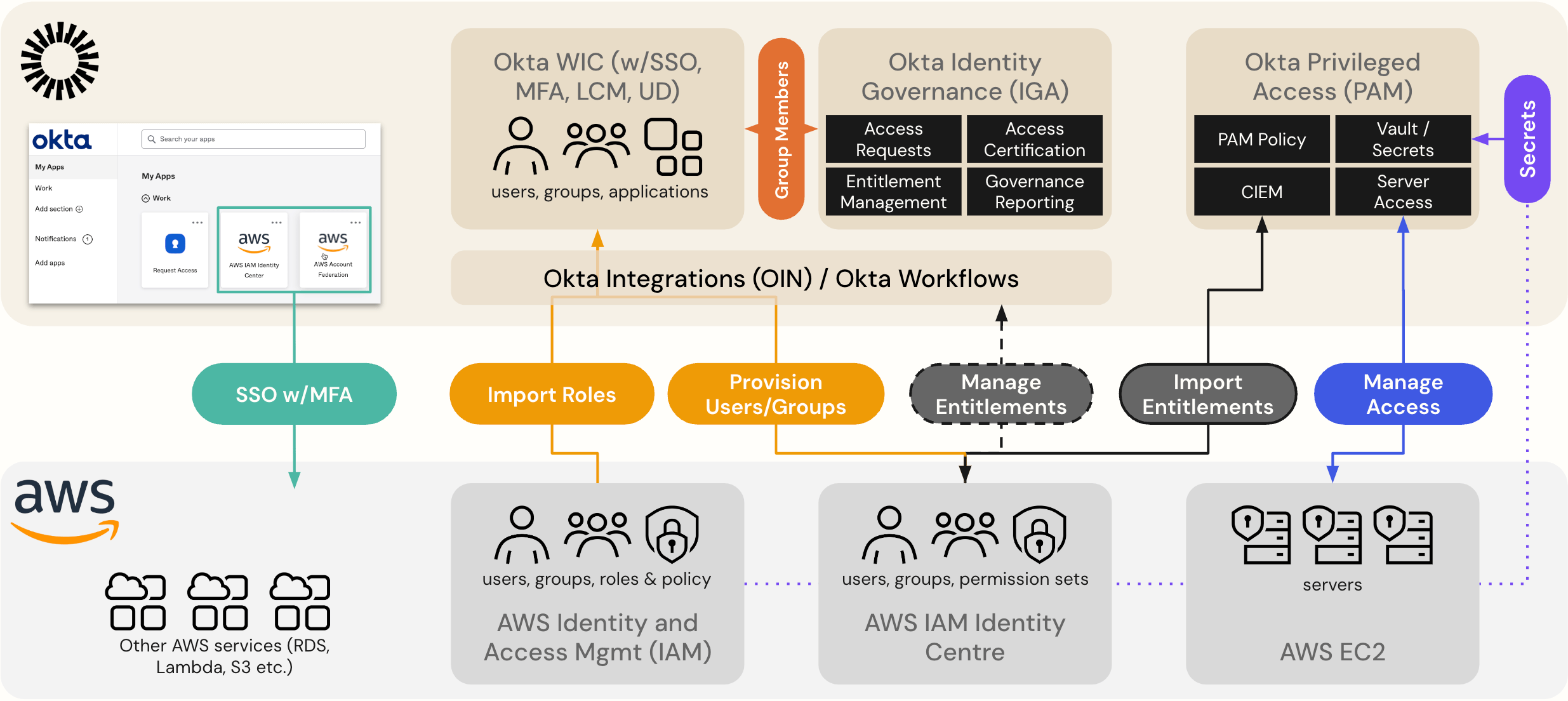
Introduction
The increasing frequency and sophistication of cyber attacks have become a pressing concern for individuals and organisations worldwide. These incidents, ranging from data breaches to ransomware attacks, not only jeopardise personal information but also threaten the stability of critical infrastructure. As technology continues to evolve, so does the arsenal of tools available to cybercriminals, making awareness and preparedness more crucial than ever.
The Current Landscape of Cyber Attacks
According to a report from the Cybersecurity and Infrastructure Security Agency (CISA), cyber attacks surged by 300% during the COVID-19 pandemic. Recent statistics from Cybersecurity Ventures indicate that global cybercrime costs are projected to reach $10.5 trillion annually by 2025, highlighting the urgent need for robust cybersecurity measures.
In 2023 alone, major data breaches have affected high-profile companies like Facebook and Twitter, exposing millions of user accounts. Additionally, ransomware attacks have paralysed essential services, as seen in the case of the Colonial Pipeline cyber attack, which led to fuel supply disruptions across the Eastern United States.
Motivations Behind Cyber Attacks
The motivations behind these cyber attacks vary widely, from financial gain to political motives. Cybercriminals often target sensitive information such as credit card numbers, personal identification details, or corporate trade secrets. Moreover, hacktivist groups are increasingly leveraging cyber attacks as a form of protest, seeking to disrupt operations or expose wrongdoing.
The Response to Cyber Threats
In response to the growing threat, governments and corporations are investing heavily in cybersecurity measures. The UK government has committed £2.6 billion over four years to improve cybersecurity capabilities and enhance the nation’s resilience against cyber attacks. Corporations are also adopting advanced security technologies and conducting regular risk assessments to identify vulnerabilities and mitigate risks.
Conclusion
As the landscape of cyber threats continues to evolve, it is imperative for individuals and organisations to remain vigilant and proactive in their cybersecurity efforts. Awareness of the ongoing risks and implementation of robust security protocols can significantly reduce the risk of falling victim to cyber attacks. Going forward, collaboration between governments, private sector entities, and the public will be essential to combatting this pervasive threat, ensuring a safer digital environment for all.
You may also like

What You Need to Know About ‘The Hack’ Cybersecurity Incident

The Significance of Okta in Modern Identity Management
